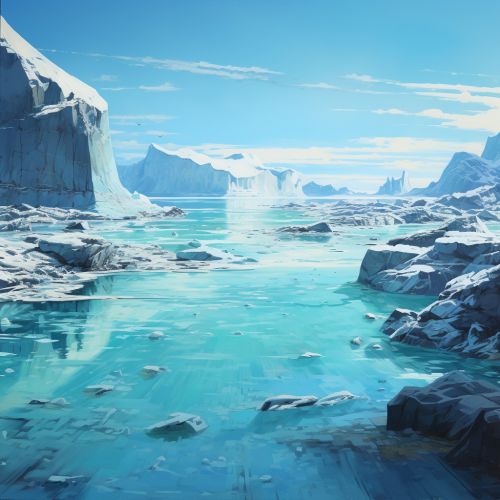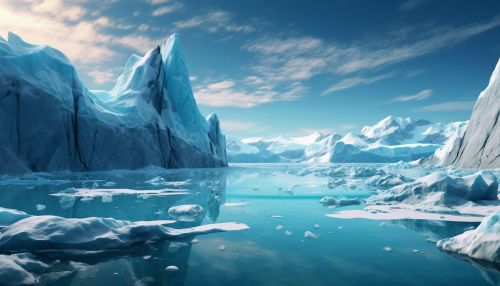Climate Change and Sea Level Rise
Introduction
Climate change and sea level rise are interconnected global phenomena that have significant implications for the Earth's environment and human societies. Climate change, primarily driven by the increased concentration of greenhouse gases in the Earth's atmosphere, is causing a rise in global temperatures. This warming effect is leading to the melting of ice caps and glaciers, which in turn contributes to sea level rise.
Climate Change
Climate change refers to long-term shifts in temperatures and weather patterns. The term is commonly used to refer specifically to anthropogenic climate change (also known as global warming), which is the result of human activities, particularly the burning of fossil fuels and deforestation.
Greenhouse Effect
The greenhouse effect is a natural process that warms the Earth’s surface. When the Sun’s energy reaches the Earth’s atmosphere, some of it is reflected back to space and the rest is absorbed and re-radiated by greenhouse gases. The absorbed energy warms the atmosphere and the surface of the Earth. This process maintains the Earth’s temperature at around 33 degrees Celsius warmer than it would otherwise be, allowing life on Earth to exist.
However, human activities, primarily the burning of fossil fuels and deforestation, have increased the concentration of these gases in the atmosphere. This enhanced greenhouse effect is causing the Earth's temperature to rise, a phenomenon known as global warming.


Sea Level Rise
Sea level rise is a direct consequence of global warming. It occurs due to two main reasons: thermal expansion of seawater and the melting of land-based ice.
Thermal Expansion
When water heats up, it expands. About half of the sea level rise over the past 25 years is attributable to warmer oceans simply occupying more space. This process is known as thermal expansion.
Melting of Land-based Ice
The other half of sea level rise is the result of melting ice. This includes both mountain glaciers and the massive ice sheets covering Greenland and Antarctica. As this ice melts, the water eventually ends up in the ocean, contributing to sea level rise.
Impacts of Sea Level Rise
Sea level rise has a range of impacts, particularly on coastal systems and low-lying areas. These impacts include increased flooding, saltwater intrusion, and the loss of coastal land.
Increased Flooding
Rising sea levels mean that coastal storms (including hurricanes and nor'easters) have higher sea levels to build upon and therefore, their storm surges can reach further inland, to a higher elevation, and cause more damage.
Saltwater Intrusion
Sea level rise can also lead to saltwater intrusion into freshwater aquifers, threatening supplies of freshwater for drinking and irrigation.
Loss of Coastal Land
As sea levels rise, coastal areas can become submerged and coastal land can be lost to the sea. This can result in the displacement of human populations and loss of habitat for coastal and marine species.
Mitigation and Adaptation
Addressing the challenges of climate change and sea level rise requires both mitigation and adaptation strategies. Mitigation involves reducing the flow of greenhouse gases into the atmosphere through measures such as reducing energy use, switching to renewable energy, and enhancing natural carbon sinks. Adaptation involves making adjustments in our decisions, activities, and thinking because of observed or expected changes in climate, such as building sea walls to protect against sea level rise.
